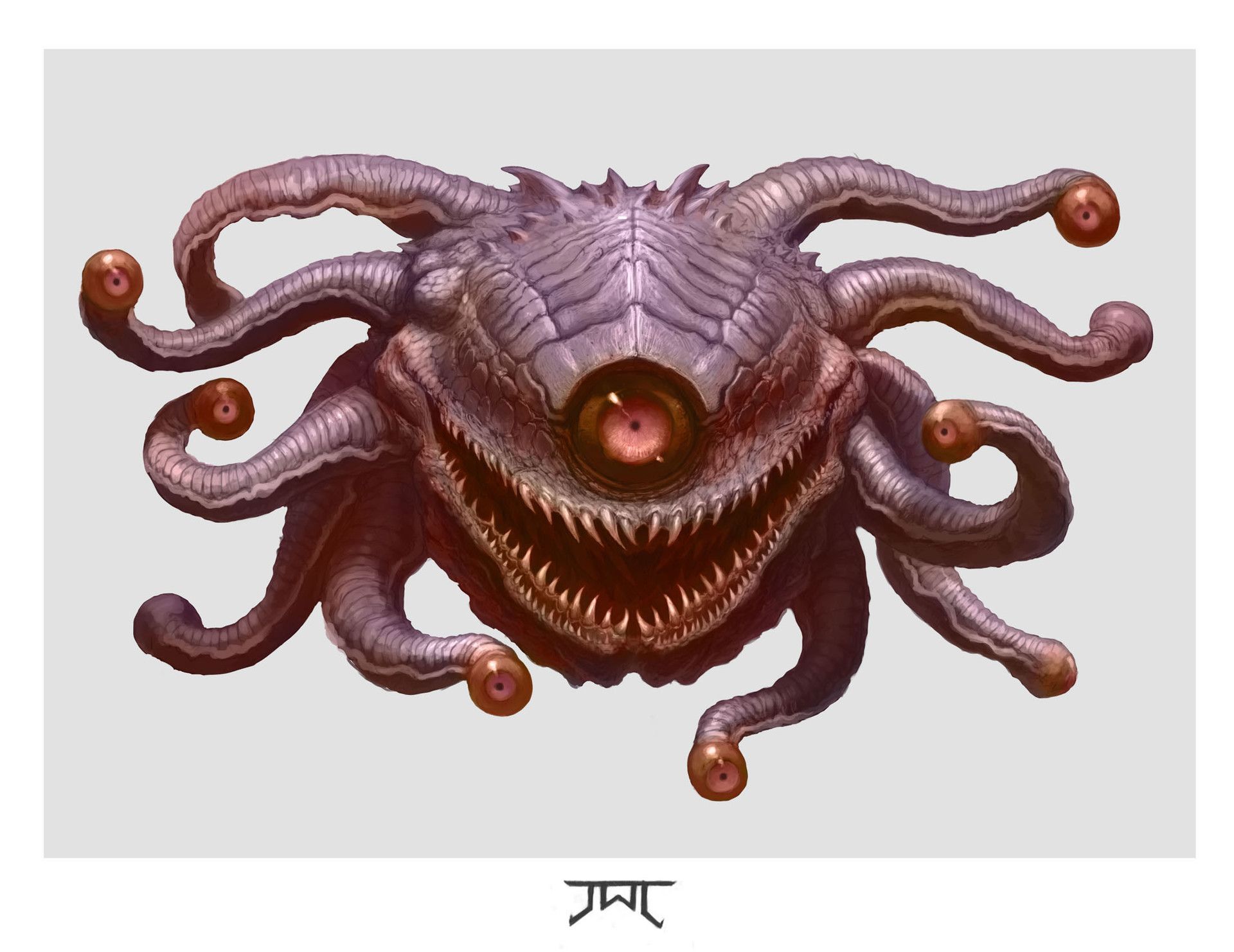Dragonflies are, bar none, the most agile and skilled fliers in the animal kingdom. No other animal can fly forward with great speed, hover and turn in place, and most impressive of all, fly backwards. The muscles that control their wings are like pistons, incredibly strong, and they can independently control the angle of each wing. Their flight patterns are being heavily studied for use in designing drones, and were the explicit inspiration for the animation of the ornithopter wings in the new Dune adaptation.
Dragonfly nymphs spend their larval years underwater. And yes, I do mean years. They spend most of their lives in this juvenile, aquatic state, up to five years in some species, hunting mosquito larva, tadpoles, even small fish as they grow. They don't undergo a true metamorphosis; they moult, shedding their exoskeletons to grow, and eventually reach a point where they climb up out of the water onto a plant well above the surface, and moult one last time. Still clinging to their exuvia (shed exoskeleton) the imago pumps their wings full of heamolymph (bug blood) for the first and last time, spreading them out into the gloriously agile appendages that will carry them through their brief adulthood.
Adults will anywhere from a week to six months on average before they die, depending on species. They have incredible eyesight as well. Those gigantic peepers can see in nearly 360 degrees above and below it. And they see with precision. It used to be thought that insects had poor vision with their compound eyes; more recently it's been found by rapidly making each photoreceptor at the end of each lens go in and out of focus they can assemble a very sharp picture of the world, much as we put together a complete picture of our surroundings from constructed memory of all the spots that aren't the tiny area our pupils can actively focus on. The end result is that these guys can see pretty much everything happening around them in great detail, which they combine with their incredible flight abilities to snatch up and eat their prey directly out of the air.
Dragonflies can be fiercely territorial, protecting the best spots for finding mates and laying eggs. When it does come time to lay eggs, they usually lay them on plants that are directly on or even under water. The nymphs will hatch and start preying on whatever they can find and the whole thing starts again.
Dragonflies are beautiful creatures and it's mesmerizing to watch them fly. Keep an eye out if you're ever near a body of water. They're probably there, being magnificent.


🐛